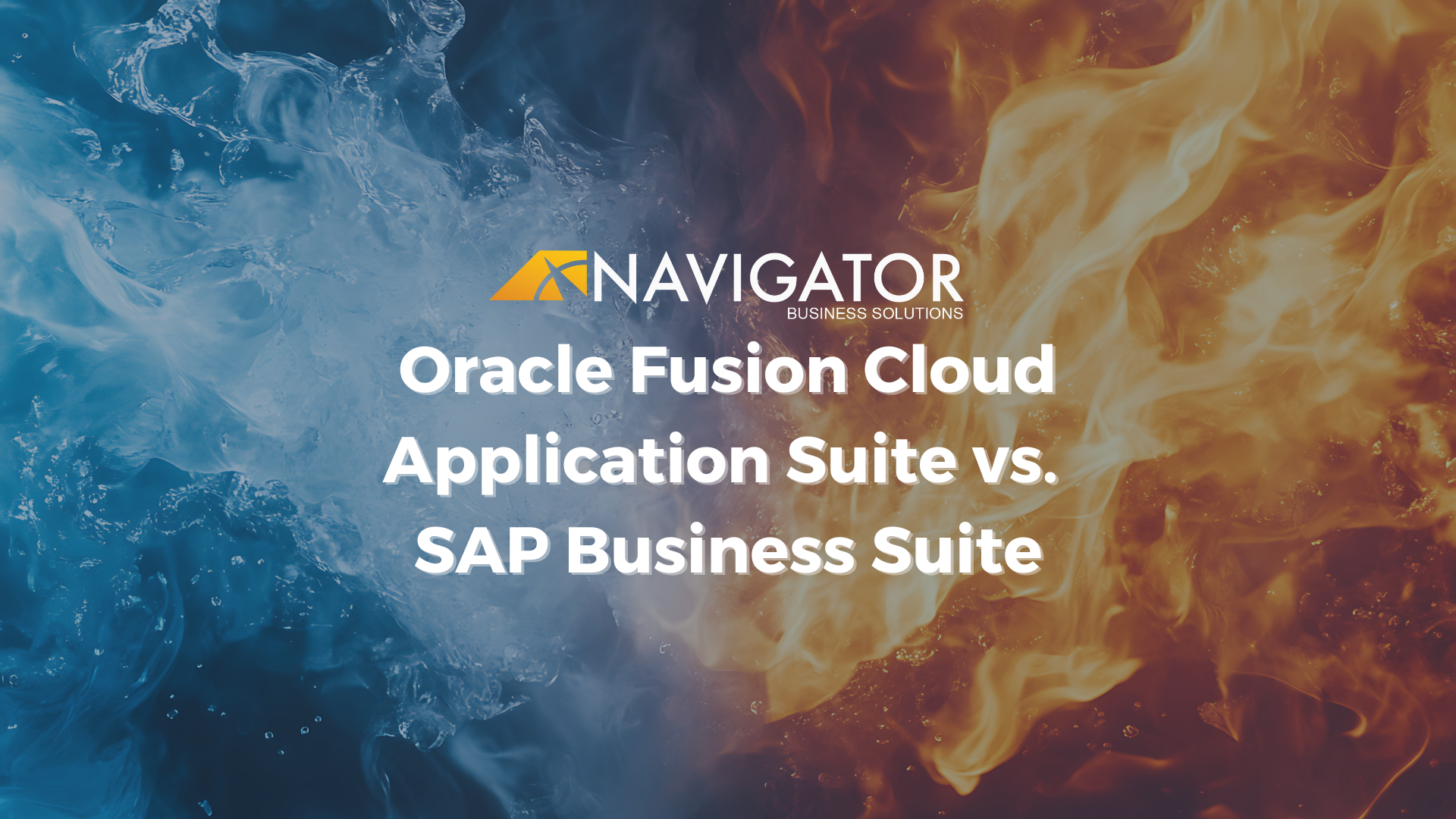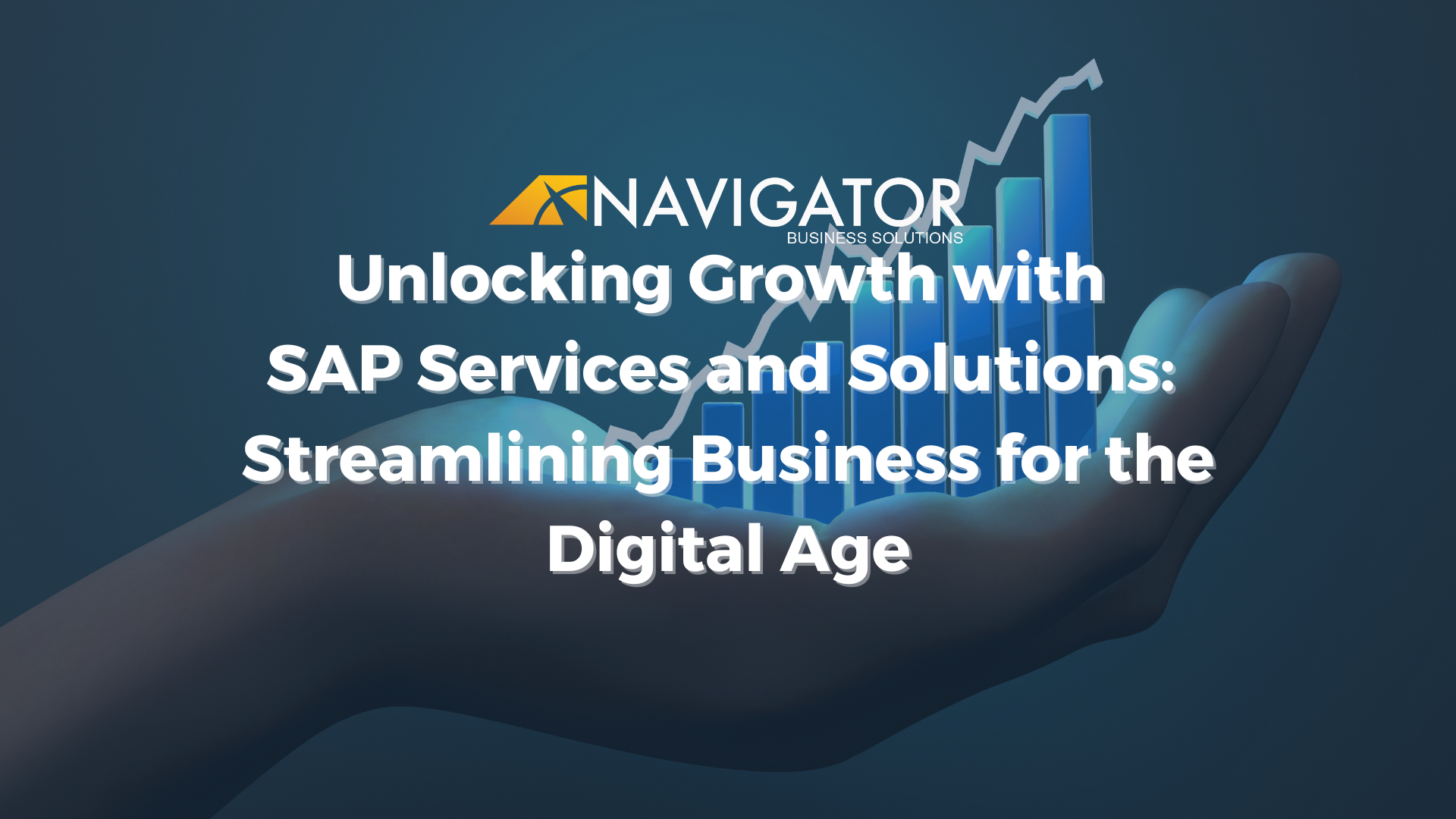Inflation and cost pressures are rising, and they show no sign of abating. it’s getting harder every year to stay lean and competitive. Among the benefits of cloud ERP systems is a greater ability to meet these changes and stay flexible and agile enough to keep growing amid changing conditions.
The benefits of cloud ERP systems are clear—so clear that the global market for cloud ERP will be worth $142 billion by 2028, according to Emergen Research. Thousands of businesses have already found that cloud-based ERP services such as SAP Business ByDesign are helping them navigate the cost pressures of the pandemic world.
Cloud ERP is popular because of its powerful capabilities and improvements on ERP functional areas of management, including data storage, analysis, and visibility into business operations, all delivered in real-time. This kind of information can be used to streamline business processes, get keener insight into operations, make decisions more quickly, and, ultimately, drive growth and profitability.
ERP functional areas of management include everything from accounting and financials, operations, inventory and purchasing, all the way to sales, customer support, logistics, project management, and human resources.
How ERP Functional Areas of Management Benefit From the Cloud
The first and most basic benefit of cloud ERP is that it creates a centralized, enterprise-wide data repository that can be used by everyone in an organization. The data analytics and powerful insights that ERP makes available to everybody can cut costs and increase revenues.
All that crucial data can be accessed more easily on the cloud than on an employee’s device. With cybersecurity at the forefront of mind for businesses today, the importance of data security cannot be emphasized enough.
It’s not just about security, however. With data accessible on the go, businesses can provide real-time support in every operational area, including sales, inventory, procurement, administration, and marketing.
Cloud ERP does bring some challenges, however, so let’s look at the pros & cons of moving enterprise-wide applications to the cloud via a solution such as SAP Cloud ERP.
Pros & Cons of Moving Enterprise-Wide Applications to the Cloud
Some businesses prefer an on-premise solution because they feel they can better secure and maintain more control over their own systems. Sometimes, on-premise solutions are easier to modify than cloud counterparts, and that can be a deciding factor for some niche industries. All these benefits, however, tend to come with ongoing hardware and software maintenance needs, which in turn translates into greater reliance on IT for support.
On-premise systems also often lead to unforeseen expenses related to hardware, utilities, software updates, and other computing costs.
Moreover, ERP systems that reside on-premise can hinder workers’ ability to telecommute and network outside the office. As companies reconfigure their work structures in the wake of the COVID-19 pandemic, remote access to critical information has become a necessity. Cloud ERP enables access to corporate data from any computer, tablet, or mobile phone—from anywhere and at any time. Cloud access also enables workers to bring data directly to customers and vendors.
Fear of sticker shock tends to drive the greatest hesitation to explore a move to a cloud-based solution, especially if the business has already made some investments in modernizing its systems. Nobody wants to feel buyer’s remorse, and in such scenarios, it can be easier to justify staying on-premise and overlook the “pros” of the pros and cons of moving enterprise-wide applications to the cloud.
The biggest advantage of cloud ERP solutions is that they don't require of the costly capital expenditure associated with on-premise systems. Cloud ERP platforms are paid for via subscription-based billing, which means their cost is baked in as an ongoing operational expense rather than as a major up-front capital investment. A business can scale up or down according to budget or process requirements.
An internet connection is all you need to take advantage of cloud ERP. Gone is the need for data and systems backup, precious facility space, extra utility costs, and so on.
Working in the cloud dramatically reduces the risks associated with system crashes, glitches, and problematic performance that cannot be solved in-house. While on-premise ERP platforms can be very complicated to manage, and even IT experts can waste hours trying to figure out a solution that ultimately requires external help (which can be costly and eat up more time). Cloud-based solutions come with built-in support from the service provider, and many of the issues that plague on-premise systems are eliminated due to regular, no-cost updates by the provider to maintain optimal performance.
Cloud ERP Benefits Cannot Be Overstated
With the technological demands of today’s marketplace, a move to the cloud is becoming the norm. The reality is that a fully integrated cloud ERP solution often presents a huge improvement over the status quo of yesteryear; the pros & cons of moving enterprise-wide applications to the cloud are increasingly favoring this move to the cloud.
In an unpredictable, fast-changing business environment, cloud ERP can integrate all areas of your business for end-to-end visibility, added efficiency, and improved operational control. The result: faster, complete, more nimble decision-making that helps your business stay competitive and continue to grow.
Solutions such as Navigator’s SAP S/4HANA Cloud Public Edition are a scalable and efficient way for businesses of all sizes to take advantage of all the powerful benefits that cloud ERP offers.




